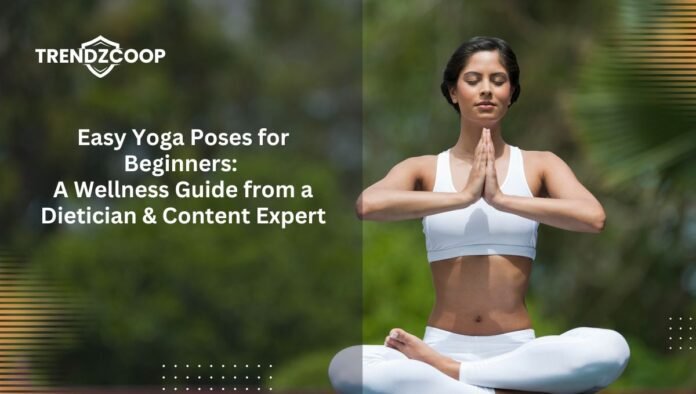If you’re searching for easy yoga poses for beginners that make sense for your body and routine, you’re in the right place. As a certified dietician, content strategist, and SEO specialist, I approach wellness holistically—with practical, science-backed, and sustainable solutions that work for your lifestyle, not against it.
Starting yoga isn’t about becoming a pretzel on Day 1. It’s about building a connection—with your breath, your body, and your daily habits. Whether you’re dealing with stress, posture issues from screen time, or just need 10 minutes of peace, yoga can be your anchor.
Let me walk you through not just any yoga routine—but one that’s carefully crafted with beginner bodies and real-life goals in mind.
Why Beginners Often Quit—and Why You Won’t
You’ve probably heard yoga is “easy” to start. But here’s a truth few talk about: Many beginners quit because they follow routines that don’t meet them where they are. They try to mimic influencers, overstretch without warming up, or rush through poses. The result? Soreness, discouragement, and inconsistency.
That’s exactly why I’ve created this beginner guide—to help you build a strong, simple foundation. With the right guidance and rhythm, yoga becomes not just a workout—but a wellness habit you’ll love returning to.
What You’ll Need Before You Start
You don’t need an expensive yoga mat or a Himalayan salt lamp. Just a few mindful setups can change the game:
A yoga mat or a folded blanket (I personally recommend cotton-based mats—they support joints better)
A rolled-up towel or cushion (acts as a block or bolster)
Loose cotton or sweat-wicking clothes
Calm space—your balcony, corner of your room, or even your kitchen at sunrise
Expert Tip (rarely shared): Practicing yoga barefoot on a slightly uneven surface (like a soft mat on grass) helps improve proprioception—your body’s sense of balance and space.
7 Easy Yoga Poses for Beginners That Build Strength & Stillness
Let’s dive into beginner poses that aren’t just “easy”—they’re purposeful. These build long-term flexibility, core stability, and mental clarity.
Mountain Pose (Tadasana)
Stand tall, feet hip-width apart, arms relaxed. Breathe through the belly.
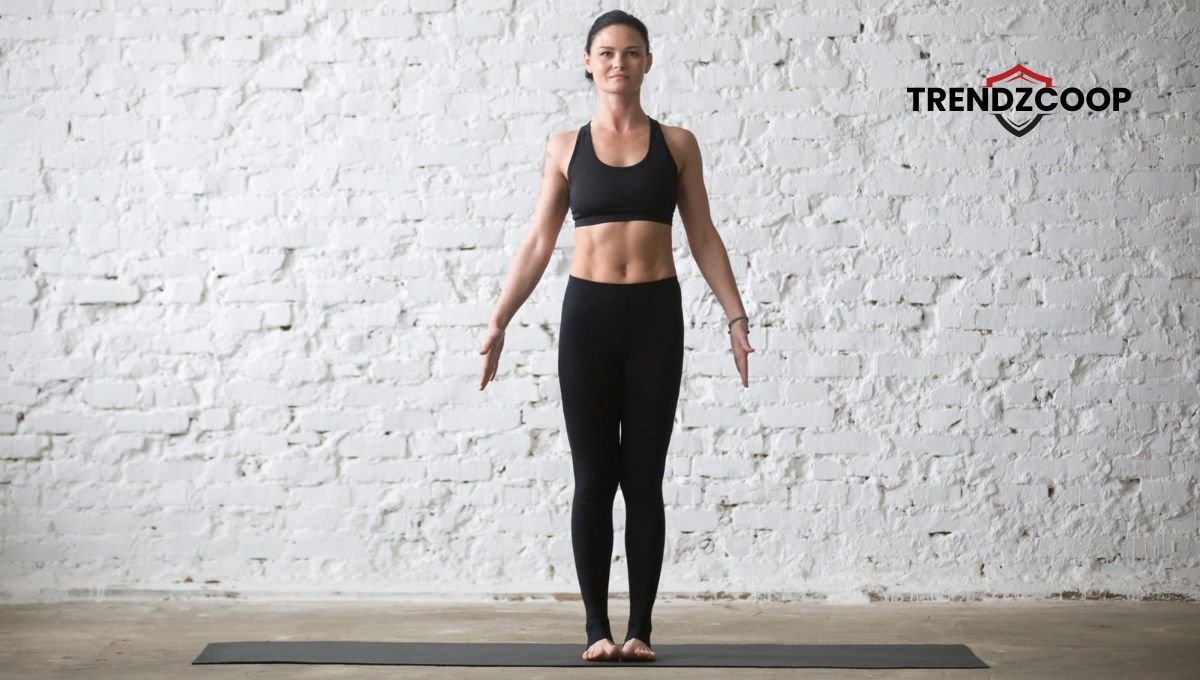
Boosts: Posture awareness
Hidden gem: Helps reset your body’s alignment and distribute body weight evenly—great for those with one-sided sitting habits (hello, laptop users!)
Child’s Pose (Balasana)
Kneel, sit back on heels, stretch arms forward, and rest your forehead.
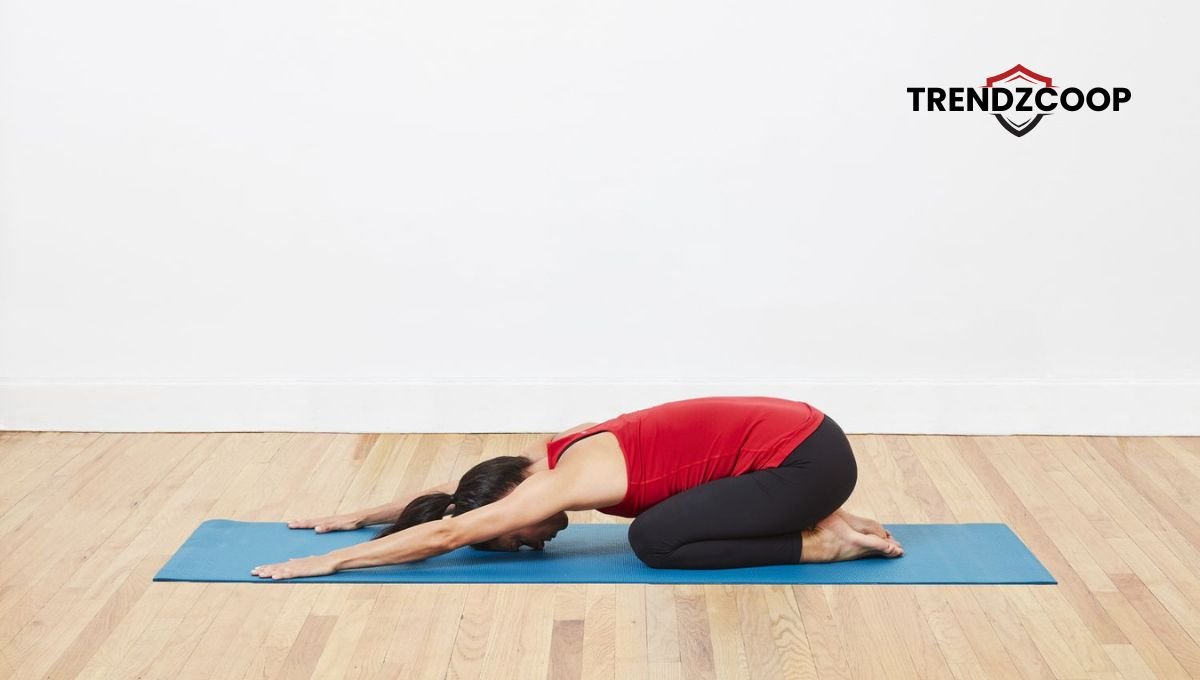
Boosts: Lymphatic drainage, mental calm
Dietician’s note: This pose supports digestion by relaxing abdominal tension—practice it after meals (but wait 15–20 minutes).
Cat-Cow (Marjaryasana-Bitilasana)
On all fours, alternate between arching (cow) and rounding (cat) your spine.
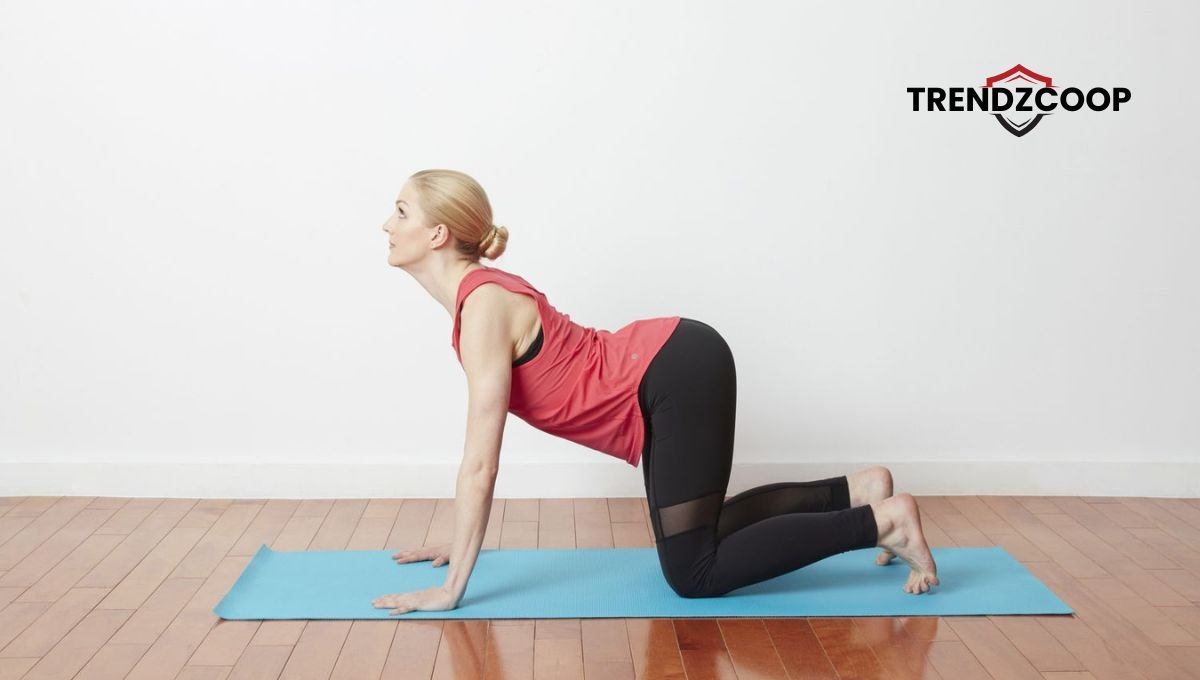
Boosts: Spinal mobility, nervous system reset
Rare insight: Syncing breath here directly activates your vagus nerve—the key player in reducing cortisol (stress hormone).
Downward-Facing Dog (Adho Mukha Svanasana)
Form an inverted “V” by lifting hips up from all fours. Keep knees bent if needed.
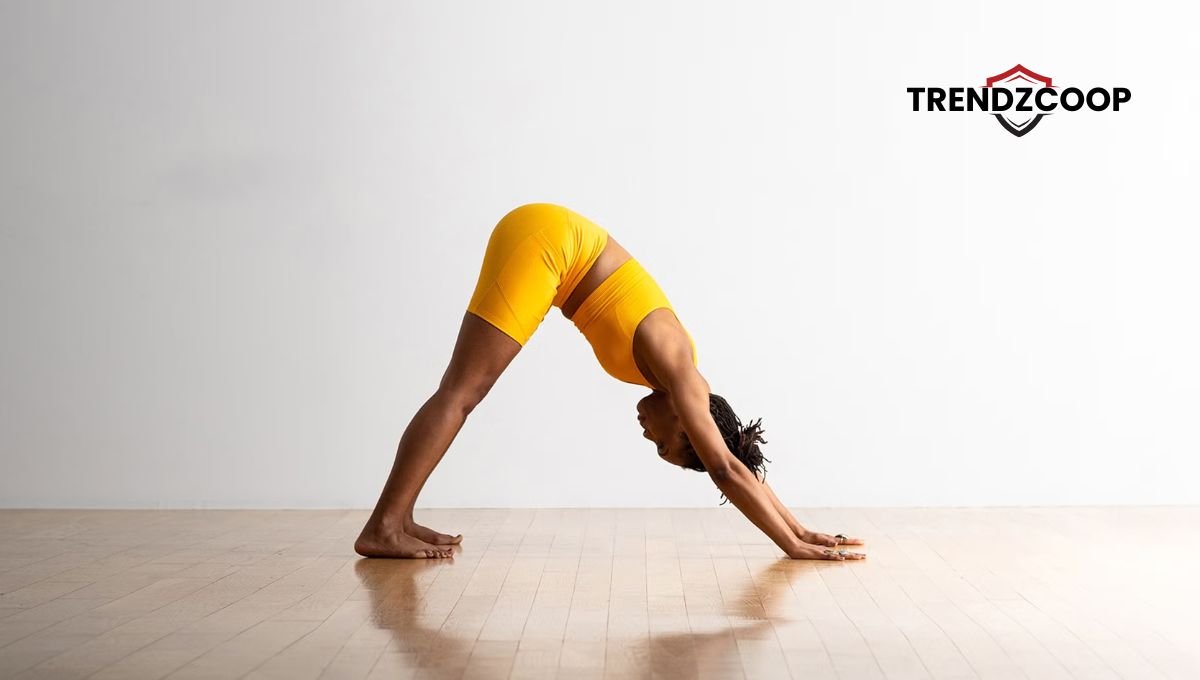
Boosts: Circulation, shoulder strength
Pro tip: Beginners should bend knees more than they think—it reduces spinal compression and improves the stretch.
Cobra Pose (Bhujangasana)
Lie belly-down, hands under shoulders, lift upper chest gently.
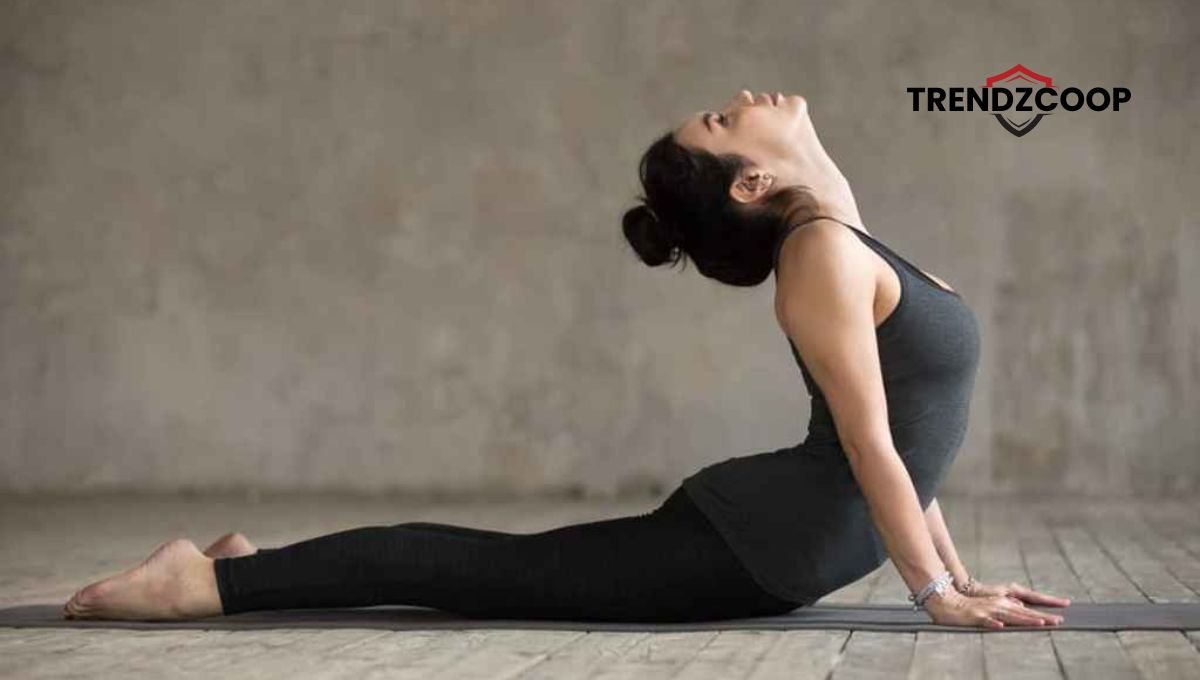
Boosts: Spine flexibility, hormone regulation
Why I love it: This pose stimulates adrenal glands—important for mood, especially if you feel drained or anxious often.
Seated Forward Bend (Paschimottanasana)
Sit with legs straight. Inhale arms up, exhale fold forward from the hips.
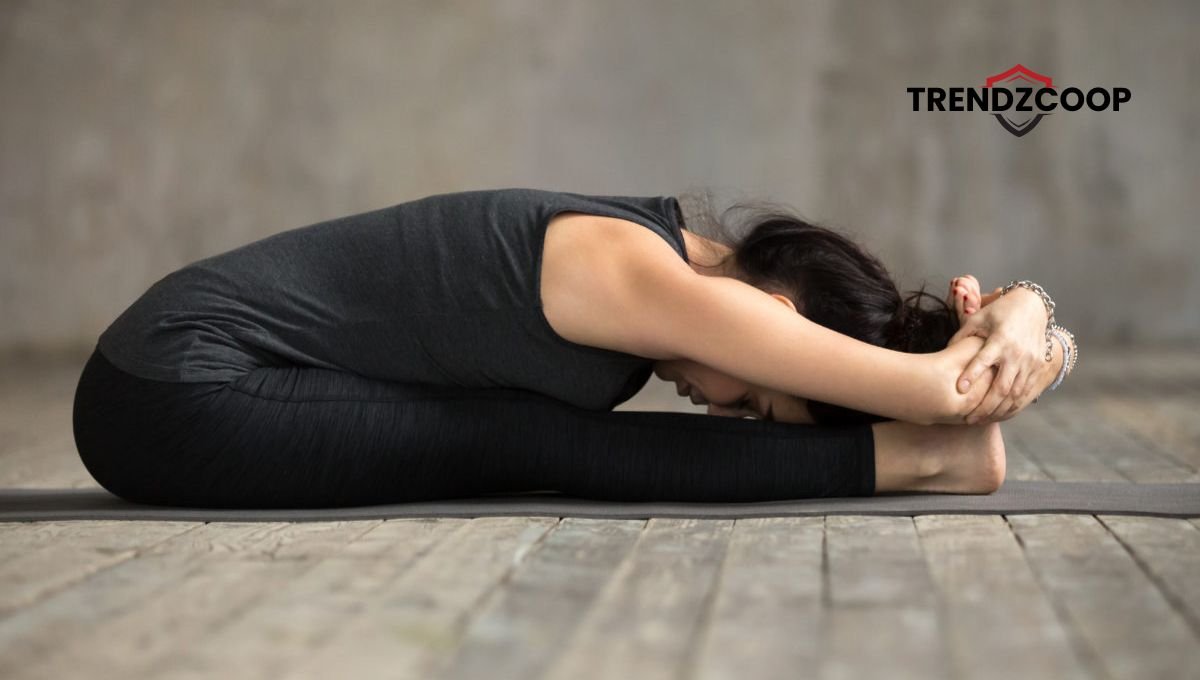
Boosts: Hamstring flexibility, stress relief
Lesser-known: Use a strap or towel to avoid rounding your back. This engages your pelvic floor better (a key area most routines ignore).
Legs Up the Wall (Viparita Karani)
Lie on your back and lift your legs vertically against a wall.
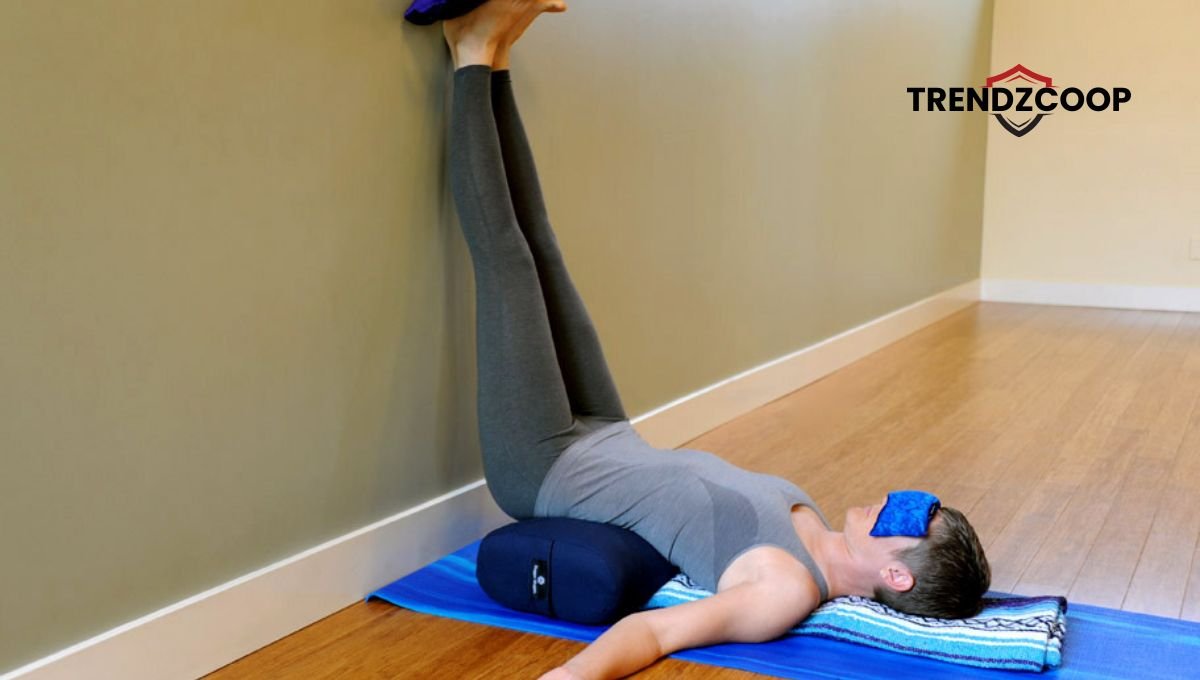
Boosts: Circulation, lymphatic detox
Insider tip: Add an eye pillow or folded towel over your eyes to activate the parasympathetic nervous system faster.
Beginner Yoga Routine (10–15 Minutes Daily)
Here’s a quick starter flow you can do morning or evening:
Mountain Pose – 1 minute grounding
Cat-Cow – 2 minutes of fluid motion
Child’s Pose – 2 minutes relaxation
Downward Dog – 1 minute strength
Cobra Pose – 1 minute spinal activation
Seated Forward Bend – 2 minutes digestion + calm
Legs Up the Wall – 5 minutes reset
Don’t rush. Hold each pose with calm, steady breathing.
Also Read: TikTok Wellness Trends 2025: Evidence-Based Review of What Actually Works
Common Beginner Mistakes (And How to Fix Them)
As someone who has worked with wellness clients and written health content professionally, I see these errors far too often:
Holding your breath → Inhale as you lift, exhale as you fold
Comparing your flexibility → Yoga is non-competitive
Skipping cool-downs → Always close with stillness or breathwork
Not hydrating → Have warm water before and after practice to aid circulation
How Yoga Supports Diet and Digestion
Here’s where my background as a dietician comes in:
Practicing yoga regularly can enhance gut motility, reduce bloating, and regulate appetite hormones like ghrelin and leptin.
Try practicing Cobra Pose or Seated Twists before meals (on an empty stomach) to improve digestion efficiency naturally.
Also, when you combine yoga with a light sattvic diet (fresh fruits, nuts, leafy greens), you’ll notice: Less brain fog, better sleep and Balanced energy through the day
Final Words: Your Wellness Journey Starts with One Pose
Starting yoga as a beginner doesn’t need to be overwhelming or aesthetic. What matters is consistency, care, and curiosity.
As someone who navigates SEO metrics, crafts content with empathy, and guides wellness clients—I understand how scattered our lives can be. Yoga grounds us.
You don’t need an expensive studio or a guru. You just need you, a little floor space, and the willingness to show up.
Your Action Plan
Pick 3 poses from this guide and try them for the next 3 days.
Keep a wellness journal and track how your body feels.
DM or comment on your experience—I love hearing your progress stories.

